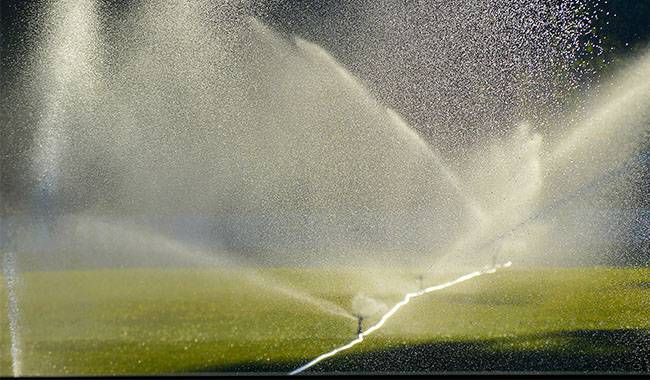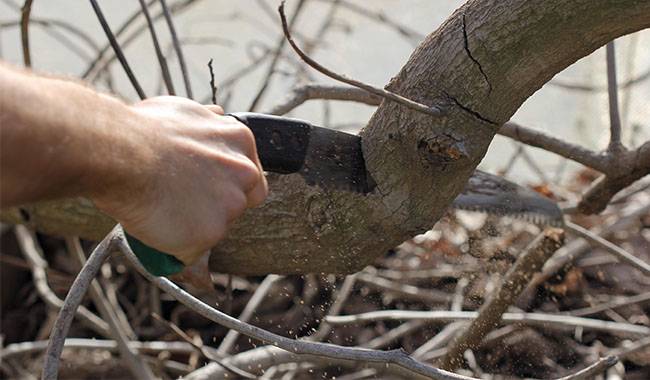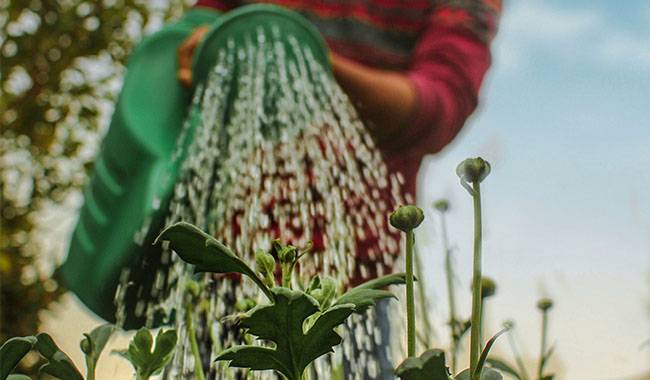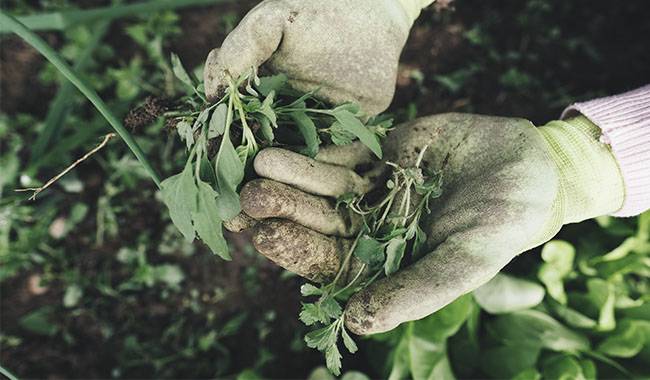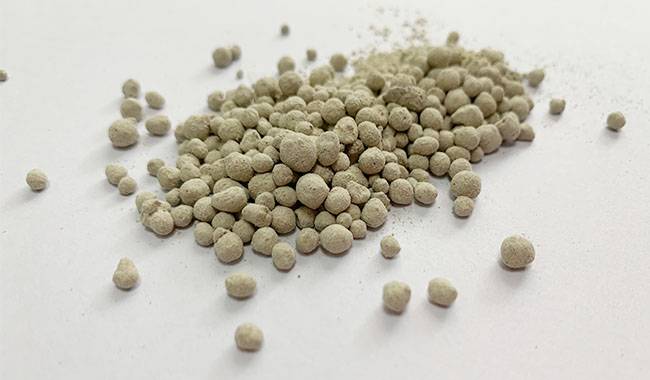
Superphosphate, also known as Monocalcium phosphate, or Calcium superphosphate, is considered to be an uncomplicated fertilizer whose main component is phosphorus.
Usually, this fertilizer is applied in spring, but it is not uncommon to use Superphosphate as a fall fertilizer and as a mid-season fertilizer.
In addition to phosphorus, this fertilizer contains a small amount of nitrogen. With this in mind, care must be taken when applying the fertilizer in the fall and try to apply it at this time of year, either in small doses or use to fertilize soils that are ready for spring crops.
COMPOSITION OF SUPERPHOSPHATE
As we have already said, the main substance of this fertilizer is phosphorus. the phosphorus content in Superphosphate varies widely, from 20% to 50%. In the fertilizer, phosphorus is present in the form of free phosphoric acid and monocalcium phosphate.
The main advantage of this fertilizer is the presence of phosphorus oxide, which is a water-soluble compound. Thanks to this composition, cultivated plants can absorb the substances they need more quickly, especially if fertilizers dissolved in water are applied in advance.
In addition, this fertilizer may contain nitrogen, sulfur, gypsum, and boron, as well as molybdenum.
Superphosphate is obtained from naturally mined phosphate rock, which is formed by converting the skeletal tissue of dead animals on our planet into minerals.
A less common starting material for the production of Superphosphate is metal melts (scrap).
It is well known that phosphorus itself is not a very common element, but plants grow poorly and produce poor yields in its absence, so it is essential to use Superphosphate in order to enrich the soil with phosphorus and provide this element to plants.
ON THE NECESSITY OF PHOSPHORUS FOR PLANTS
Phosphorus in plants contributes to adequate energy metabolism, which in turn helps to accelerate the plant’s entry into the fruiting phase. The high presence of this element allows plants to take up various micro and macro elements through the root system.
Phosphorus is thought to regulate the availability of nitrogen, so it helps to normalize the nitrate balance in plants.
When phosphorus is in short supply, the leaves of various crops turn blue and less frequently – purple-blue or green-yellow. In vegetable crops, the centers of root crops are covered with brown spots.
The most common signs are newly planted seedlings that lack phosphorus, and sprouts placed in the field. Often, changes in leaf disc color are observed during cold periods of the year, indicating phosphorus deficiency, when it is difficult to take in phosphorus from the soil.
Phosphorus improves the function of the root system, inhibits aging changes in various crops, stimulates plant fruit set while extending the production period, and has beneficial effects on the taste of fruits and berries as well as vegetables.
TYPES OF SUPERPHOSPHATE
There are several types of fertilizers. The main difference between one type of fertilizer and another is the method of obtaining a particular composition.
The most popular are simple Superphosphate, granulated Superphosphate, double Superphosphate, and ammoniated Superphosphate.
Simple Superphosphate is a gray powder. It has the advantage of not caking at moisture levels below 50%.
This fertilizer has up to 20% phosphorus, about 9% nitrogen, about 9% sulfur, and also contains calcium sulfate. If you smell this fertilizer, you can smell a sour odor.
If you compare simple Superphosphate with granulated Superphosphate or double Superphosphate, it will rank (in terms of quality) in third place.
The cost of this fertilizer is very low, so it is often used on large areas of land. Very often, simple Superphosphate will increase the fertility of composts and green manures, and it is often introduced into the soil in dissolved form.
To obtain Superphosphate in granular form, simple Superphosphate is first moistened with water, then pressed, and then made into granules. In this fertilizer, the share of phosphorus reaches half of the fertilizer weight and the share of calcium sulfate is one-third.
The granules are easy to use and store. Due to the slow dissolution of granules in water and soil, the effect of this fertilizer is prolonged, sometimes lasting several months. Superphosphate in granular form is most often used on cruciferous plants, legumes, grasses, and bulbs.
Superphosphate has the least amount of impurities, it has a significant amount of phosphorus and calcium, as well as about 20% nitrogen and about 5-7% sulfur.
Ammoniated Superphosphate is commonly used for oilseed crops and cruciferous crops where the soil is severely deficient in sulfur. The sulfur in the fertilizer is about 13%, but more than half is due to calcium sulfate.
OPTIMAL SOILS FOR SUPERPHOSPHATE
Plants absorb this fertilizer component best on alkaline or neutral soils, but on highly acidic soils, phosphate can break down into iron phosphate and aluminum phosphate, which are not digested by plants.
In such cases, the effectiveness of Superphosphate can be improved if it is mixed with phosphate powder, limestone, chalk, and humus prior to application and applied on calcareous soils.
HOW IS SUPERPHOSPHATE FERTILIZER?
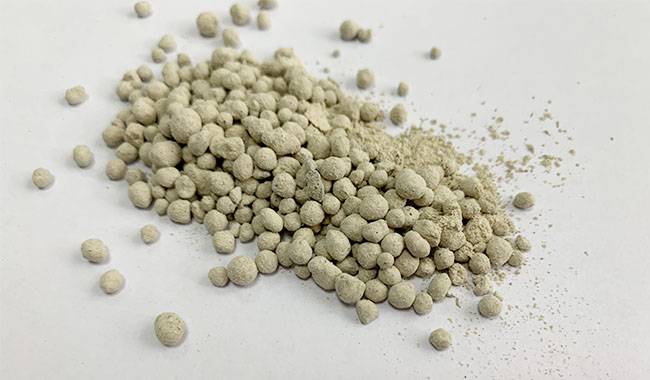
Superphosphate can be added to compost, put into the soil when making a bed or drilling a well, added to the soil when digging in the fall, spread on the surface of the soil, or even spread in the snow, dissolved in water and used as an additional top dressing.
Superphosphate is applied in the fall, when it is practically impossible to make an overdose of this fertilizer oftenly.
During the winter, the fertilizer will be in a form that is available to the plants, while in the spring, the plants will get what they need from the soil.
How much Superphosphate fertilizer is needed?
As a rule, 45 grams per square meter of soil should be applied under excavation in autumn, this amount can be reduced to 40 grams in spring, on too poor soils the amount of this fertilizer can be doubled.
If added to humus – 10 g of Superphosphate should be added for every 10 kg. When planting potatoes or vegetable crops in the seedling stage, it is recommended to add about half a teaspoon of this fertilizer to each hole.
When planting shrubs it is advisable to add 25 g of this fertilizer per planting hole, and when planting fruit trees it is advisable to add 30 g of this fertilizer.
Preparation of the solution
Water-soluble fertilizers are usually used in spring. It is no secret that in this way the nutrients penetrate quickly into the plants, but you should be aware that this fertilizer has low solubility in cold and hard water.
In order to dissolve Superphosphate, you need to use soft water, preferably rainwater. The fertilizer must first be poured in boiling water, in a container of about one liter, and then the already dissolved fertilizer is poured into the desired amount of water.
If you are not in a hurry, you can put the fertilizer in a dark container with water and leave it out in the open on a sunny day and the fertilizer will dissolve in a few hours.
To avoid diluting the fertilizer each time, you can prepare a concentrate by pouring 350 grams of fertilizer into 3 liters of boiling water. Stir the mixture for a quarter of an hour to dissolve the granules as completely as possible.
You should dilute it at the rate of 100 grams of concentrate per bucket of water before use. It is advisable to add 15 grams of urea to this concentrate when fertilizing the soil in spring, and 450 grams of wood ash in autumn.
Now we will tell you under what crops to use Superphosphate and how to use Superphosphate best.
Superphosphate for seedlings
One week after sowing, you can use simple Superphosphate in the amount of 50 grams per square meter, which should be done in the place where the soil was previously loosened.
Superphosphate for fruit plants
You usually apply it in the spring, using one tablespoon of this fertilizer per seedling.
Allow it and when planting seedlings, 100 grams of fertilizer well mixed with soil should be poured in each planting hole. If this amount of Superphosphate is applied at the time of planting seedlings during the year, there is no point in fertilizing with this fertilizer.
Around the middle of the season, Superphosphate can be reapplied under mature trees. At this point, you should apply 80-90 grams of Superphosphate to the roots of each tree.
Superphosphate for tomatoes
Under tomatoes, Superphosphate must be made twice in a season, usually the first time when planting seedlings and the second time during the flowering of the tomatoes.
At planting time, 15 grams of fertilizer is put into the hole and mixed thoroughly with the soil. During the time interval when tomatoes are flowering, you need to fertilize the culture with the fertilizer diluted in water.
Superphosphate for potatoes
Superphosphate is usually added to the hole when potatoes are planted. The fertilizer is used in the form of granules, and 10 granules are introduced into each hole by mixing with the soil.
Superphosphate for cucumbers
Superphosphate is applied twice under cucumbers. the first application is made a week after planting when 50 g of Superphosphate is dissolved in a bucket of water, which is the amount of fertilizer applied per square meter of soil.
The second time during the flowering period, 40 grams of Superphosphate per square meter of soil was added, also dissolved in a bucket of water, which is also the standard.
Superphosphate for garlic
Superphosphate is usually fertilized together with the soil and distributed to garlic. You do this one month before planting garlic, combining feeding and digging, using 30 grams of Superphosphate per 1 square meter.
If there is a lack of phosphorus (for the plant), it is also possible to fertilize garlic in summer, i.e. dilute 40 g of Superphosphate in a bucket of water and spray this solution on the above-ground part of the garlic to moisten it well.
Superphosphate for grapes
Normally for this culture, Superphosphate is applied once every two years. During the peak season, apply 50 g of Superphosphate and embed it in moist soil to a depth of about 15inch (30 cm).
Superphosphate for garden strawberries
Under garden strawberries, Superphosphate is made at the time of planting young plants. The amount of Superphosphate is 10g per hole. You can make Superphosphate and dissolve 30 grams of fertilizer in a bucket of water in the form of a solution of the rate of each hole – 250 ml.
Superphosphate for raspberries
Superphosphate for raspberries under the raspberries is applied in the fall – in early or mid-September. the amount of Superphosphate is 50 grams per square meter.
To apply it, make small hollows, 6inch (15cm) back from the center of the bush, 15inch (30cm).
In addition, when planting raspberry seedlings, fertilize the soil by placing fertilizer in the trenches. In each hole, 70g of Superphosphate should be made and mixed thoroughly with the soil.
Superphosphate for apple trees
For apple trees, it is best to apply this fertilizer in autumn, in an amount of 35 grams per square meter of washer in previously tilled and well-watered soil. Under each apple tree, an average of 3 to 5 kg of Superphosphate should be applied.
CONCLUSION
As you can see, Superphosphate is quite a popular fertilizer that helps to enrich the soil with phosphorus and other elements contained in this fertilizer. This fertilizer is inexpensive and its application effects last for several years due to its long duration of action.




